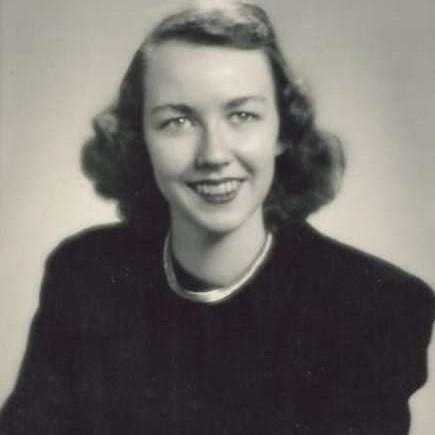Providing Answers, Support and Hope in Georgia
Thirty-One Faces of Hope: Flannery O'Connor
The lupus community includes people living with lupus, friends, family and supporters across Georgia. For Lupus Awareness Month, we would like to highlight some of our lupus heroes and champions.
Flannery O'Connor

“The name of my dread disease is Lupus Erythematosus, or as we literary people prefer to call it, Red Wolf.” — Flannery O’Connor
Flannery O’Connor, the mid-20th century Southern Gothic author, when in 1949 she was diagnosed with lupus at the age of 25 while living in New York City, immersed in the literary scene, and making her mark as a promising young writer. She decided to move back to Andalusia Farm, her mother’s home in Milledgeville, Georgia, where she continued to write, completing two novels and 32 short stories.
When she was first diagnosed, O’Connor was treated with steroids. In January 1953, O’Connor wrote to a friend, ‘‘I am doing fairly well these days, though I am practically bald-headed on top and have a watermelon face,’’ common side effects of her treatment. She also developed debilitating hip pain due to avascular necrosis. She wrote, “I am doing very well these days except for a limp, which I am informed is rheumatism. Anyway, I walk like I have one foot in the gutter but it’s not an inconvenience and I get out of doing a great many things I don’t want to do.”
In 1964, O’Connor started taking hydroxychloroquine and was able to taper her steroids. The reduced disease activity gave her great hope for the future.
Lupus affected O’Connor’s writing both spiritually and practically. O’Connor is known for her short stories, a way for her to focus her creativity into a couple of hours a day, all she could handle with her lupus. Near the end of her life, O’Connor could write for only one hour each day. She commented on this fact with characteristic tartness: “I can write for one hour a day, and my, my, do I like my one hour. I et it up like it was fillet mignon.”
In the 1950’s, lupus was difficult to diagnose and even more difficult to treat. Not much was known about this disease and she was told that she had only five years to live. She defied the doctor’s prognosis and lived for another 14 years, leaving behind a collective work of literary genius.
Photo credits: @Adalusiafarmpage
Literary references:
1. Peacocks and the Red Wolf - Katherine C. Silver, MD, MSCR, and Richard M. Silver, MD, MACR
2.https://www.ncregister.com/blog/joan-desmond/how-lupus-changed-flannery-oconnors-writing-and-took-her-life



